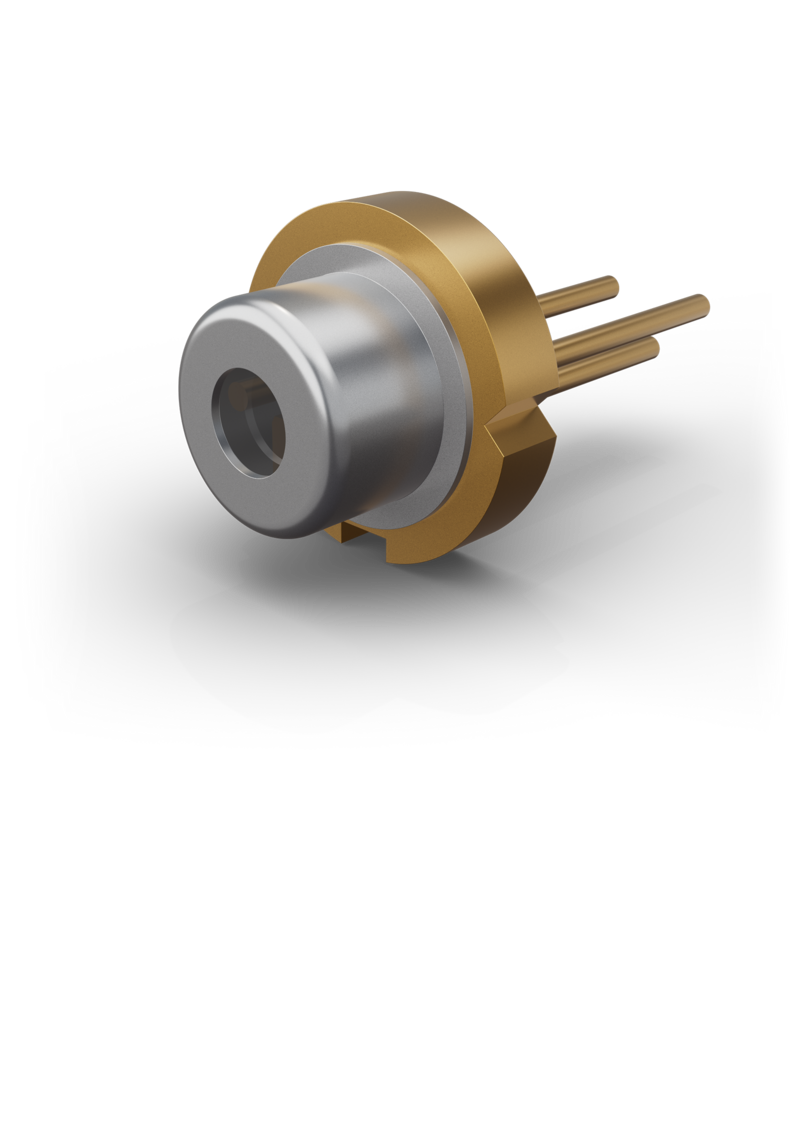On the Road to Self-Driving Cars
In the world of science fiction, self-driving cars are practically standard vehicles. In “real life,” we are catching up fast with authors’ imaginations. Even today, it seems as if a new warning system is being added every year. Lane departure warning systems and distance and parking assistants are already available in mid-range cars. At least in stop-and-go mode, higher-priced models practically drive themselves. Does that mean commuters have time to take a little nap in the daily morning traffic jam? The technology is not quite there yet, but there is real competition among car manufacturers on the road to autonomous driving.
Whenever this automotive future begins, one thing is certain: so-called vehicle-environment sensor technology will play a major role in achieving this next step because in order to independently steer through traffic, the vehicle must be able to keep an eye on its surroundings at all times. Many of the solutions are already being used in assistance systems today. There is astonishing technological diversity because each of the measurement principles used has its advantages and disadvantages. The spectrum ranges from electromagnetic to acoustic to numerous different optical systems. As an outsider, you can lose track of these innovations:
Technologies
My Car and How It Sees the World
A Bat in the Car?
Locating objects and navigating by ultrasound has been seen before in nature. The most well-known example is bats. They emit ultrasonic waves and can recognize prey and obstacles by means of a reflected echo. Their maximum range is around twelve meters. The ultrasonic sensors used in cars function according to the same principle. The problem is that the artificially generated sound waves also have a comparatively short range; therefore, they can only be used at close range. The most well-known applications are distance meters for parking assistants.
The first models with this assistance system came onto the market in the early 1980s. Ultrasonic technology is now not only used at the rear of the car but with blind spot sensors or to measure the distance to the vehicle ahead at low speeds as well. In addition to the short range, engineers must also deal with external interference factors when developing ultrasonic-based assistance systems. The hydraulic brakes of trucks and buses, for example, also generate ultrasonic waves, which can cause acoustic confusion in sensors in the immediate vicinity.
A Car with Eyes
Camera systems probably come closest to imitating human perception. A camera installed in the car continuously records the vehicle’s surroundings while in motion. Software interprets the data. It recognizes, for example, edges that might mean other vehicles or lane markings. As the resolution of cameras increases continually, more and more details can be evaluated. This enables the system to detect not only obstacles but traffic signs or traffic lights as well. This information helps to prevent accidents and contributes to orientation because the camera also recognizes details that are not recorded on the digital maps of common navigation systems.
There are two main problems with camera-based systems: the lack of three-dimensionality and the limited viewing angle. A single camera reduces the three-dimensional world to two dimensions. In an environment like street traffic, where there is a lot of movement, this can lead to a misinterpretation of data.
A person intuitively knows that objects appear larger as they come closer; however, a computer must first learn these correlations. It is also possible that an object becomes larger and larger at the same distance. In addition, the camera's field of vision is limited. While other systems with wide sensor beams scan the world, it can only ever look forward. A pedestrian who suddenly runs onto the road is often only recognized shortly before a collision. Both disadvantages can be overcome by using several cameras simultaneously, possibly with different focal lengths.

Click here
RaDAR or LiDAR?
Beyond Borders


RaDAR or LiDAR?
RaDAR and LiDAR do not just happen to have similar “names.” They are both used in detection and ranging; like ultrasonic detection, they are based on the analysis of reflected waves – except that in one case the waves are RAdio waves and in the other case LIght waves. This results in some differences, which are significant with respect to automotive sensors:
Radar. Frequency-modulated continuous wave radars, in which the frequency of the electromagnetic wave is constantly modulated in the form of a ramp, are commonly used in environment recognition. Using the doppler effect, the distance and speed of an object can be determined from the propagation time of the wave and the frequency difference of the reflected wave. To determine the position of an object, several antennas are arranged in crescent shapes. However, the lobes of the individual antennas are comparatively wide, which results in overlap. This gives the impression that the object jumps back and forth between the individual sensors. Radar does not provide any information about the size or shape of an object.
LiDAR. LiDAR measurements emit several thousand laser pulses per second. Each pulse lasts only a few nanoseconds. The distance to the obstacle can be determined by the difference in transit time between the outgoing signal and the incoming reflection, the so-called time of flight (ToF). Since pulsed laser diodes emit their beams at an interval of a few nanoseconds and – as we all know – nothing is faster than light, LiDAR provides reliable information in the shortest possible amount of time.
Compared to other systems, however, the scanning field of a single transmitter-receiver unit is limited. Sensor arrays are used to monitor larger areas. The Fraunhofer Institute for Microelectronic Circuits and Systems (IMS) has recently even developed a chip that allows LiDAR measurements without moving elements (see box). Using the measurement points, a computer calculates a detailed three-dimensional image of the surroundings.
The LiDAR method, therefore, works considerably faster than the radar method and provides a greater amount of more precise data. However, it has one crucial disadvantage: the light is also reflected by the humidity in the air. In bad weather – especially in fog – the attenuation per kilometer is considerably higher than that of a radar. For this reason, light-supported systems are usually used at close range, where the advantages can be played to their strength even under adverse conditions. For longer distances, however, car manufacturers rely on long-range radars in the 77 GHz frequency range.
Strength in Numbers
With automated – now referred to as autonomous – driving, nothing may be left to chance. While a human being can intuitively draw on his wealth of experience and intuitively react to situations, a computer must constantly make new decisions. To do this, it needs as much data as possible. Each sensor system can contribute to this decision with its specific advantages and disadvantages.
There are prototypes that are only equipped either with cameras or exclusively with LiDAR. Most automobile manufacturers, however, rely on solutions in which several of the above-mentioned technologies are used simultaneously. This enables them to make optimum use of the strengths of each process and benefit from synergistic effects.
Choosing the right Components
Transmitter and Receiver from a Single Source
LiDAR systems should be reliable, small, and cost effective at the same time. For manufacturers of laser-based measuring devices and optoelectronic components, this is a great challenge.
LASER COMPONENTS manufactures all components for powerful and future-oriented LiDAR solutions in its ISO-certified production facilities:
- PULSED LASER DIODES with ultra-short pulses provide better resolution for distance measurement.
- In combination with highly-sensitive AVALANCHE PHOTODIODES (APDs), even the smallest signals can be detected.
Products
Downloads
LASER COMPONENTS Nordic - Your competent partner for optical and optoelectronic components in Sweden, Norway, Finland, Denmark, and Iceland.
Welcome to LASER COMPONENTS Nordic AB, your expert for photonics components. Each product in our wide range of detectors, laser diodes, laser modules, optics, fiber optics, and more is worth every Crown (SEK). Our customized solutions cover all conceivable areas of application: from sensor technology to medical technology. You can reach us here:
Box 14001 / Skårs led 3
SE-400 20 Göteborg
Sweden
Phone: +46 (0)31 703 7173
Email: info(at)







